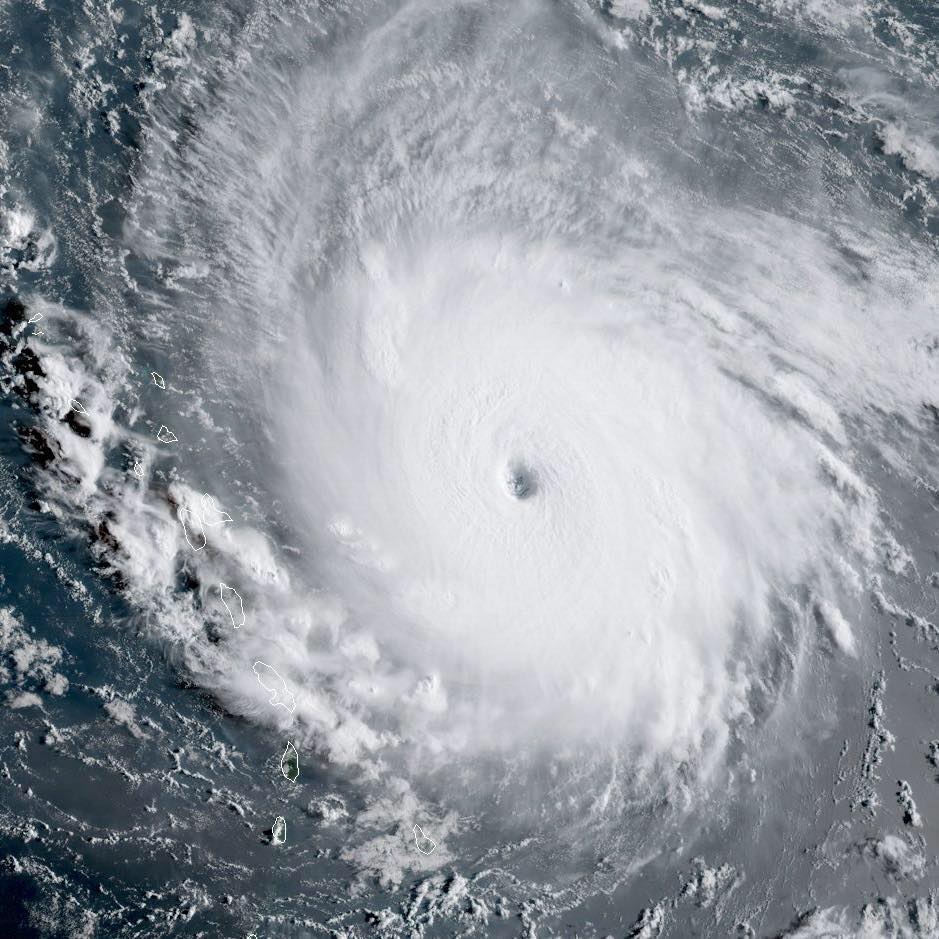UNITED STATES—The United States has been battered with some extreme weather in the past few weeks. First, Hurricane Harvey unleashed devastation through various parts of Texas, including notable damage in the Houston region. The biggest damage from Harvey was the torrential rains which led to massive and I mean massive flooding leaving many without homes and limited places to seek shelter.
In the midst of Harvey’s devastation, Hurricane Irma delivered a massive punch to the state of Florida. For weeks, meteorologists have been tracking the path of Irma which at first was expected to strike the east coast of the Florida panhandle. However, with all hurricanes, the path can always shift and now Irma made initial landfall after 6 a.m. striking the Florida Keys. The storm has since traveled on the west coast of the Florida panhandle, placing cities like Fort Lauderdale, Tampa and Naples in its devastating path.
Irma is now joke, as it was initially categorized as a category 5; the largest scale that a hurricane can reach with devastating winds as high as 200 mph. Its impact was downgraded to a category 3 Saturday, but that changed during the morning hours of Sunday where Irma was upgraded to a category 4. Florida was in imminent danger, Miami felt epic winds reaching the tune of 70 to 100 mph. Winds so devastating that trees are literally being snapped, cities have become virtual ghost towns and storm surge is the biggest threat.
Storm surge is a serious threat with various regions like Miami seeing surges between 3 to 5 feet, where regions like Naples, Fort Myers, Sarasota and Tampa could reach anywhere between 8-15 feet high. That is massive numbers, where homes, vehicles and buildings can literally be swept away by the winds. Venturing outside at any time during a surge could lead to people being swept away without cause.
Meteorology is always a fascinating thing in my opinion, because it educates Americans on the dangerous of weather, not just rain, snow and storms, but tornadoes and hurricanes. And Irma while a massive hurricane is spurning plenty of tornado’s in its path which creates even more danger for residents of Florida, Georgia, Alabama and South Carolina.
A storm of this magnitude is so large that you have to watch the news; you want to be updated and aware of the path of the storm and the impact it can have throughout the entire country. Yes, there are various regions of the United States where the thought of a hurricane is likely to never happen. However, just because you’re not directly impacted does not mean one should not be driven to help.
It is times like this that unites Americans the most; it forces us to sympathize, and provide support to those who are in desperate need of basic essentials. Those essentials include water, food, clothing, shelter, personal hygiene items and typical things so many of us take for granted. The Florida Keys were pummeled where the damage was so severe with streets literally flooded, roofs missing from the top of buildings, trees toppled and power outages galore.
Major concerns will now turn to cleanup, but Hurricane Jose is followed right behind Hurricane Irma and was recently upgraded to a category 4. There is even more danger headed to the southern states with Hurricane Katia picking up steam in the Gulf of Mexico where its waters is so warm it’s a breeding ground for hurricanes to garner strength. Meteorologists are pinpointing that Hurricane Jose is expecting to lose its impacts as its path moves towards the U.S. For Hurricane Katia her presence has diminished as the storm made landfall in Mexico.
As noted, September 10 is the peak of Hurricane Season, but it has exceptionally busy in 2017 and we can only hope that this is the last of hurricanes slated to strike. The level of destruction that can be delivered by such storms are gargantuan, where cleanup and recovery will likely take months before things are back to normal, but after such devastation created by Harvey and Irma life will never be the same.






